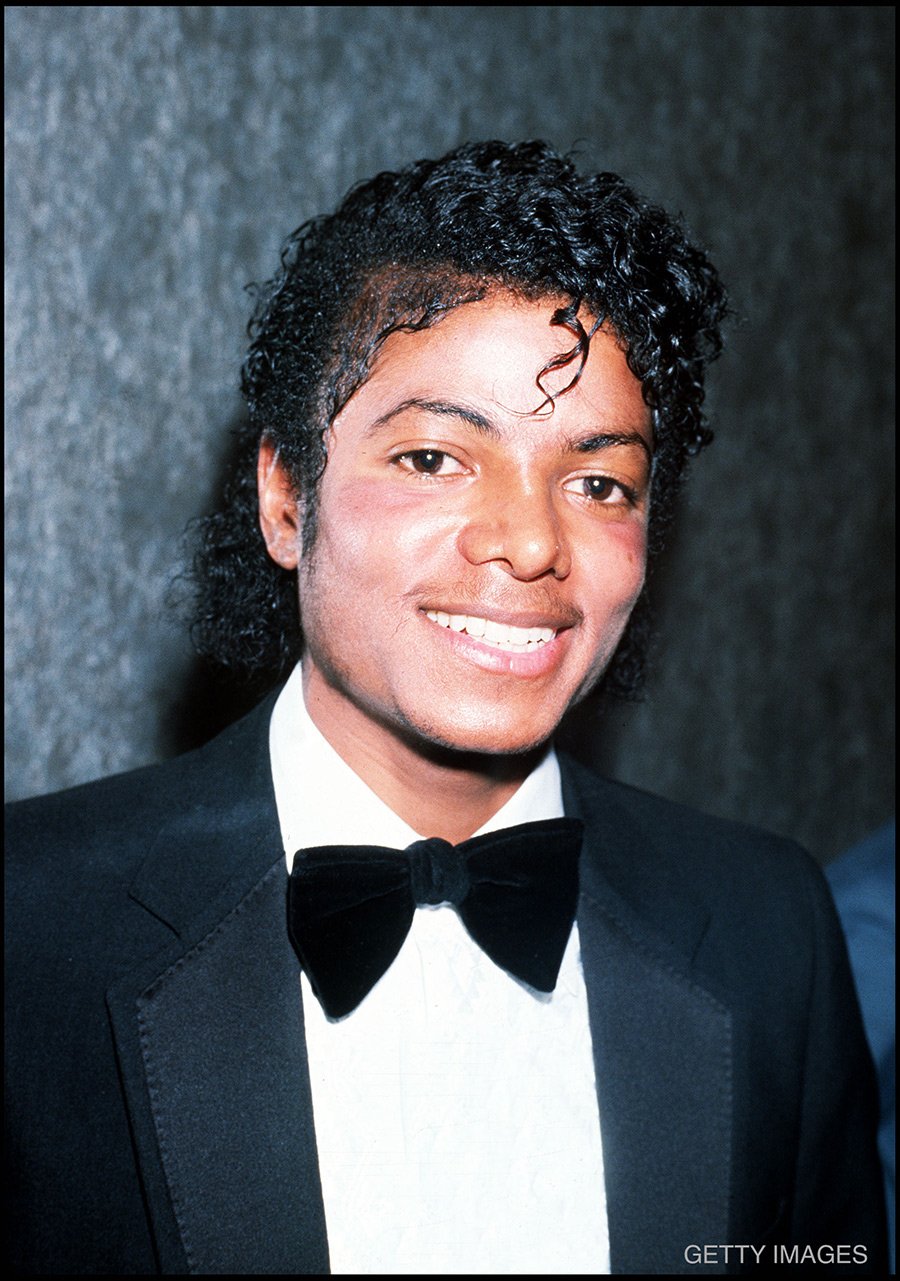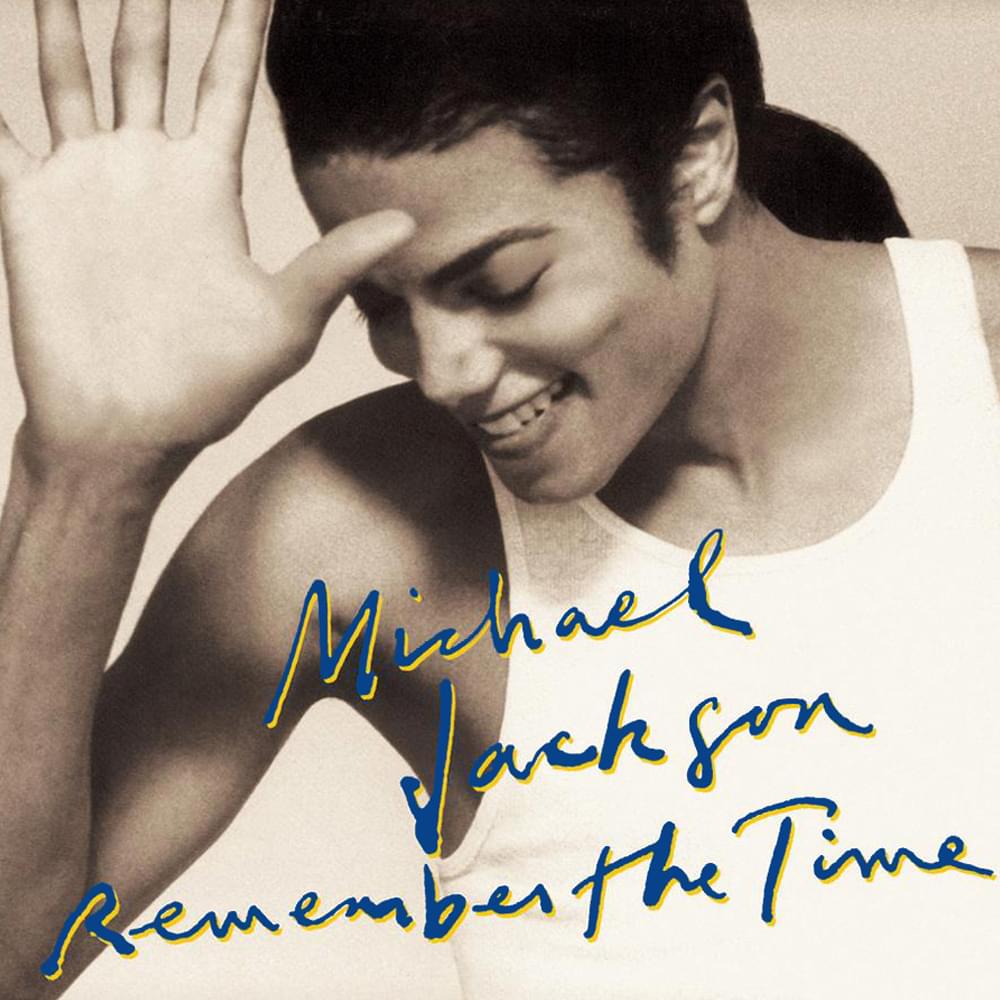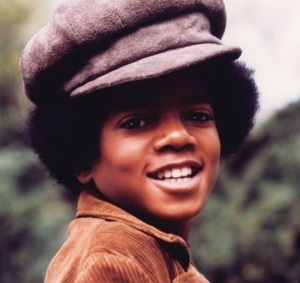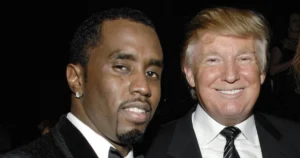Michael Jackson vs. The Media: The Racist Origins of “Jacko” & How Dehumanization Became Normalized
The World’s Most Famous Man, The Media’s Favorite Target
Michael Jackson was not merely the “King of Pop.” He was a cultural force who reshaped music, dance, fashion, and the business of entertainment. From Thriller to the Bad tour, he set records that still stand decades later. Yet, with every milestone came an unrelenting media machine determined to frame him as eccentric, unstable, and, at times, dangerous.
In the tabloids, he became “Wacko Jacko” — a moniker so normalized that few questioned its origins or implications. Terms like “crazy monkey” and grotesque caricatures followed him everywhere, reducing a human being to ridicule. Michael’s story is not just one of fame; it is one of dehumanization.
As Tupac Shakur warned years later, “the media is full of dirty tricks.” The parallel between Tupac and Michael Jackson is striking: both men were Black, immensely talented, and bold in their creative and personal expressions. Both faced media narratives weaponized against them, often with racial undertones.
The Birth of a Smear Campaign
The fuck???? pic.twitter.com/YMDclLHN6P
— AL 𐦍 (@stpskytree) November 11, 2025
By the mid-1980s, Jackson had ascended to an unprecedented level of global influence. He owned the stage, the charts, and significant sway in the music business. Yet the tabloids, which once celebrated his talent, began scrutinizing him for personal quirks. What may have been minor eccentricities in other celebrities were amplified into sensationalist claims:
-
He reportedly slept in a hyperbaric oxygen chamber to slow aging.
-
He allegedly attempted to buy the bones of Joseph Merrick, the “Elephant Man.”
-
His bond with his pet chimpanzee, Bubbles, became fodder for mockery.
Jackson himself expressed his hurt in letters and interviews. In 1987, he wrote:
“Most people don’t know me, that is why they write such things… I cry very, very often because it hurts and I worry… I’ve been bleeding a long time now.”
These attacks were not merely gossip; they were part of a coordinated culture of ridicule that isolated Jackson from public sympathy and reframed his genius as abnormal.
The Origin and Meaning of “Jacko”
View this post on Instagram
One of the most enduring and troubling examples of media weaponization was the nickname “Jacko,” later popularized as “Wacko Jacko.” On the surface, it may have appeared as a harmless tabloid jibe. However, its etymology tells a different story.
“Jacko” traces back to “Jacco Macacco,” a famous 19th-century monkey displayed in London and used in monkey-baiting matches. Over time, the name evolved in Cockney slang to mean “monkey,” and was applied in popular culture as a racialized term for Black people. Media scholar Jael Rucker writes:
“Referring to any Black person as a ‘Jacko’ is incredibly racist. Yet the press weaponized it against Michael Jackson for decades, all while cloaking it in humor.”
Thus, each headline calling him “Wacko Jacko” wasn’t just mocking eccentricity — it carried a coded racial insult, echoing centuries of dehumanization.
Dehumanization and the Power of Language
The media’s power to shape perception relies heavily on language. By equating Jackson with animals or “madness,” outlets constructed an image of a Black man who defied societal expectations — and needed to be tamed, ridiculed, or controlled. Caricatures, grotesque imagery, and exaggerated narratives portrayed him as less than human, while ignoring the complexity of his artistry, philanthropy, and business acumen.
This phenomenon is not unique to Jackson. Scholars have long noted the pattern of racialized animalization: equating Black men with apes or monkeys to justify social, economic, or political bias. When repeated daily in print and television, this coding becomes normalized, shaping public perception without scrutiny.
Tupac’s Warning: “Media’s Full of Dirty Tricks”
View this post on Instagram
Tupac Shakur, in his Makaveli era, recognized similar patterns. On the cover of The Don Killuminati: The 7 Day Theory, he is depicted crucified — a symbolic illustration of how media crucifies Black artists who challenge power. Tupac’s observation that “the media is full of dirty tricks” resonates deeply when examining Jackson’s treatment.
Both men confronted systems that sought to frame their narratives. Jackson’s quirks were magnified; Tupac’s politics were demonized. Their art, however, was a vehicle of resistance, using creativity to reclaim narrative control.
Leave Me Alone — Michael’s Artistic Retaliation
Jackson did not accept tabloid narratives passively. His 1989 single “Leave Me Alone” served as a surreal, scathing response to media harassment. The music video depicted spinning headlines, amusement parks of gossip, and symbolic imagery mocking the public’s voyeuristic obsession. Similarly, “Tabloid Junkie” (1995) offered a direct critique:
“Just because you read it in the magazine or see it on the TV screen don’t make it factual.”
Through these works, Jackson used his art to fight back, reframing ridicule as commentary and demonstrating the psychological toll of constant media scrutiny.
Modern Parallels: Kanye, Prince, and the Price of Defiance
Jackson’s struggles are not isolated. Other Black artists have faced similar systemic attacks when challenging control or defying public expectation:
Kanye West: Vilified for controversial statements, his mental health has often been weaponized by media narratives steeped in racialized bias.
Prince: Criticized for eccentricity, fiercely protective of his music rights, and often framed as difficult or “other” in mainstream press.
Jackson, Kanye, Prince, and Tupac share a common thread: cultural power paired with racialized scrutiny. They challenge the systems that profit from their genius while simultaneously controlling the stories told about them.
Legacy and Lessons
Michael Jackson’s story is more than a cautionary tale about fame; it’s a lens into media bias, systemic racism, and the power of language. Dehumanization, racial coding, and relentless tabloid campaigns are not relics of the 1980s and 1990s — they persist today, albeit in more subtle forms.
For platforms like WorldWide Entertainment TV, it is imperative to reclaim these narratives. By understanding the historical context of “Wacko Jacko” and media attacks, audiences can appreciate Jackson’s artistry without the distortion of racialized ridicule.
As Tupac’s Makaveli imagery reminds us, media can crucify genius, but understanding the forces behind the narrative allows us to honor the truth.
AT THE END OF THE LEGACY
Michael Jackson’s legacy is inseparable from the media forces that sought to define him. From racialized nicknames to grotesque caricatures, the press amplified bias while masking it as humor or curiosity. Understanding this history allows a more nuanced appreciation of his artistry, his genius, and the psychological weight he bore.
Jackson’s struggle highlights a broader truth: when the media wields power over narrative, fame alone is not enough to protect against racialized attacks. Remembering his story demands vigilance, historical literacy, and a commitment to truth — lest the patterns repeat with future generations of Black artists.
Share this content:














Post Comment